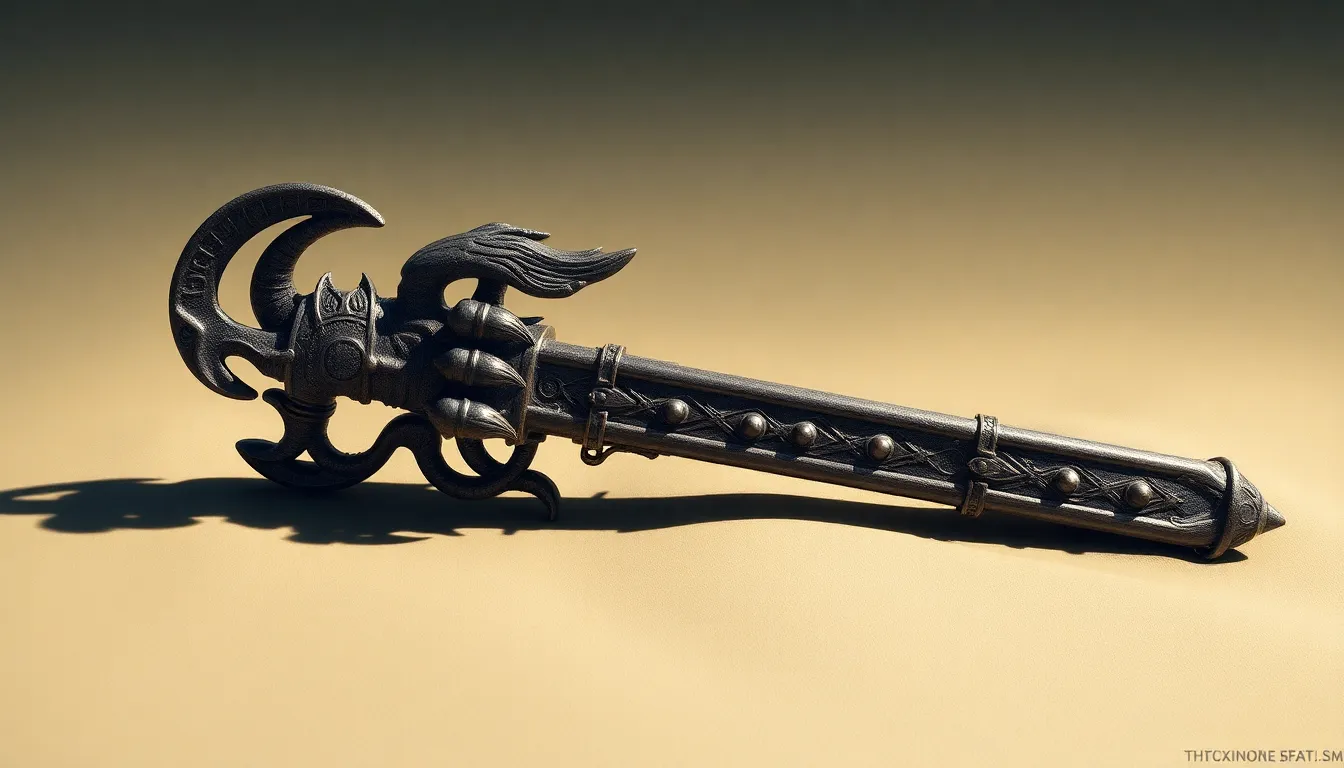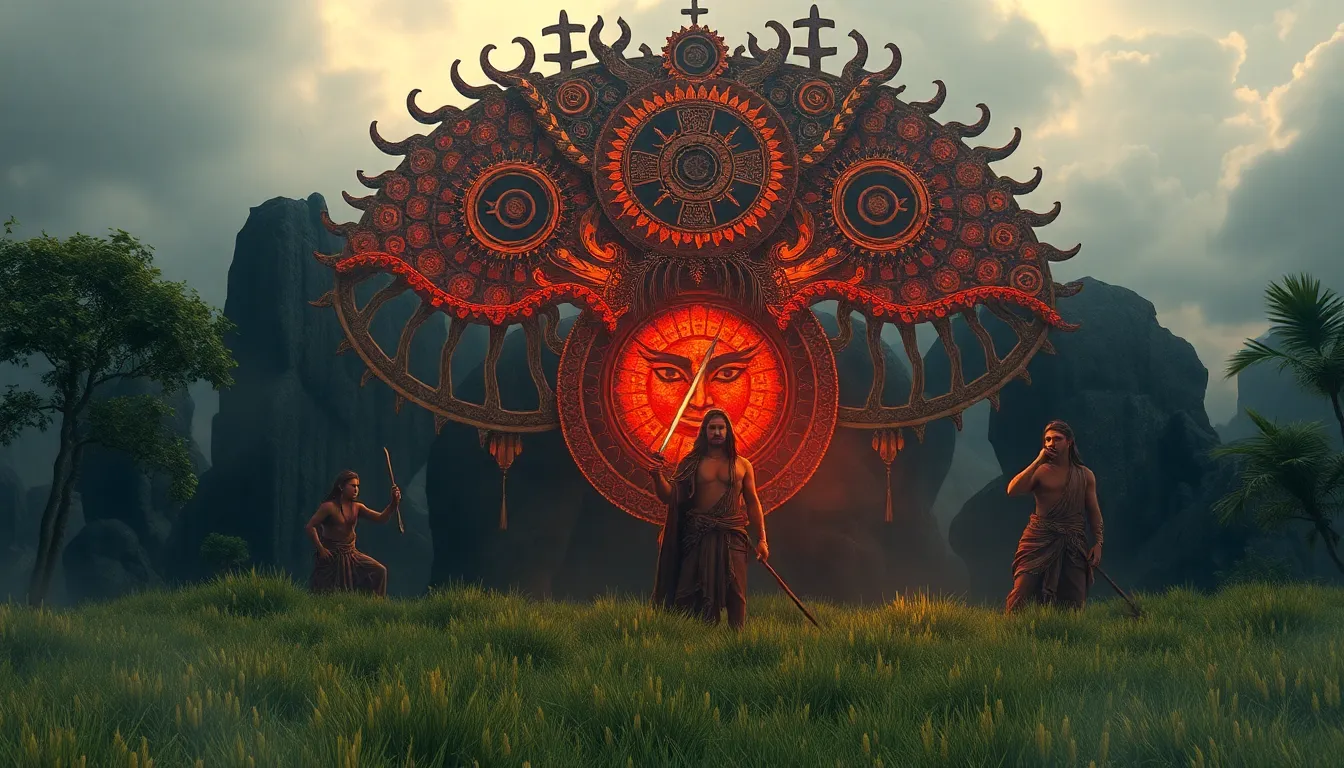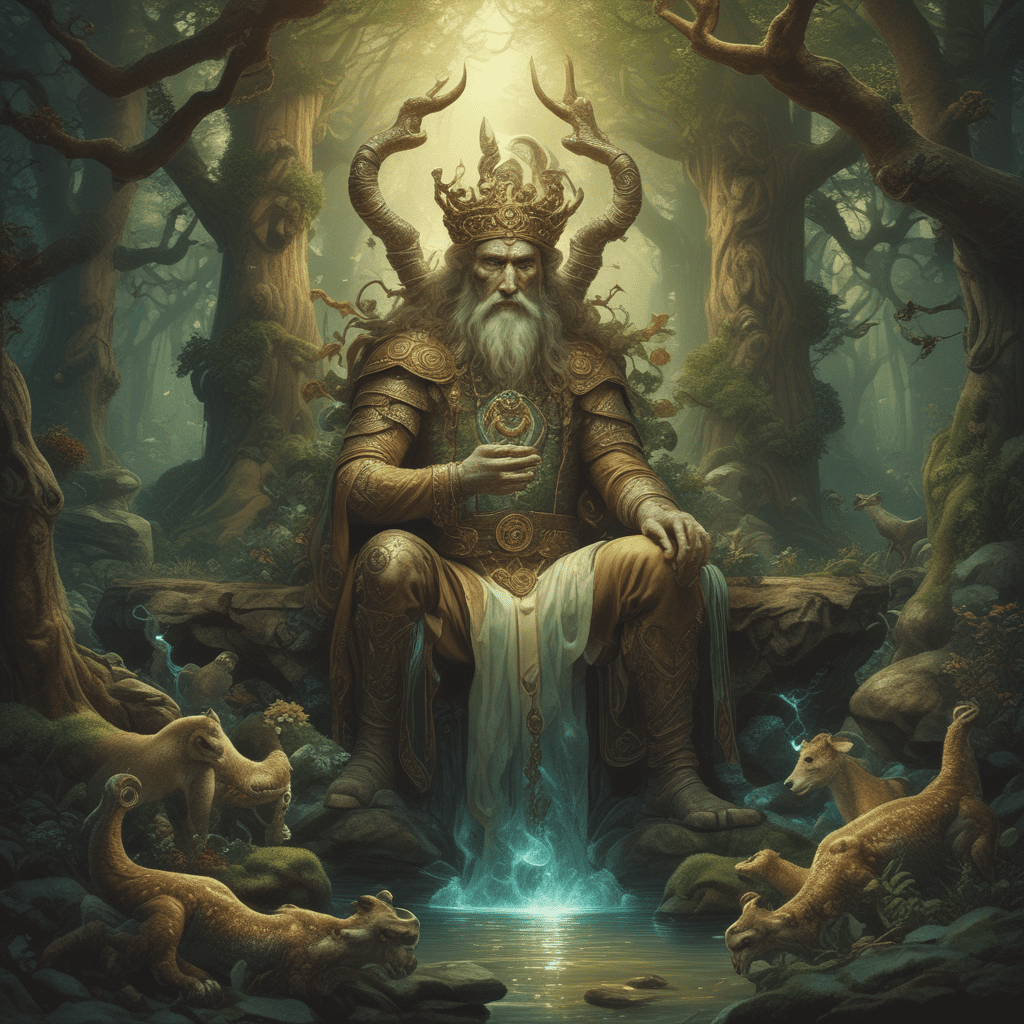The Mythical Armaments That Shaped Civilizations: A Deep Dive
I. Introduction
Mythical armaments are legendary weapons that are steeped in cultural tales and folklore, often endowed with extraordinary powers and significance. They transcend mere physical objects, embodying the ideals, struggles, and values of the civilizations that created them. Throughout history, these armaments have played a pivotal role in shaping societies, influencing their myths, wars, and cultural identities.
This article delves into the profound impact of mythical armaments on civilizations, exploring the narratives that surround them, their legendary status across various cultures, and their lasting influence on warfare and societal structures. We will also discuss the archaeological pursuits that seek to uncover the truth behind these legendary weapons and how they have evolved over time.
II. The Role of Myth in Armaments
Mythological narratives have always been integral to ancient cultures, providing explanations for the world around them and establishing a shared identity among people. These narratives frequently feature extraordinary weapons that symbolize power, justice, or divine favor.
Myths influence the perception of weapons in several ways:
- Symbolism: Weapons often symbolize the ideals of a culture, such as heroism, valor, and justice.
- Divine Favor: Many legendary weapons are believed to be gifts from the gods, bestowing their wielders with unparalleled strength and success in battle.
- Historical Narratives: The intersection of mythology and historical fact often blurs, where legendary weapons become intertwined with actual events and figures.
III. Legendary Weapons Across Cultures
Across various cultures, mythical weapons have emerged that not only reflect the values of their societies but also serve as powerful symbols in their respective mythologies:
A. Excalibur: The Sword of Destiny in Arthurian Legend
Excalibur, the legendary sword of King Arthur, symbolizes rightful sovereignty and heroism. Its association with magical origins and its role in Arthur’s ascension to the throne highlight the deep connection between leadership and divine favor.
B. The Trident of Poseidon: Symbol of Power in Greek Mythology
Poseidon’s trident represents not just the god of the sea’s dominion over oceans but also his ability to create storms and earthquakes, embodying the duality of nature’s power and fury.
C. Mjolnir: Thor’s Hammer and Its Significance in Norse Culture
Mjolnir is more than a weapon; it is a symbol of protection and blessing in Norse mythology. It signifies Thor’s role as a protector of humanity, wielding it against the forces of chaos and evil.
D. The Kusanagi-no-Tsurugi: A Japanese Sword of Legends
This legendary sword, associated with the myth of the storm god Susanoo, symbolizes valor and the divine right of kings in Japanese culture. It represents the connection between the emperor and the gods.
IV. The Impact of Mythical Armaments on Warfare
Mythical armaments have profoundly influenced warfare, affecting the mindsets of both warriors and their adversaries:
A. Psychological effects on warriors and enemies
Belief in the power of a legendary weapon can embolden warriors, instilling confidence and a sense of invincibility. Conversely, enemies may be demoralized in the face of warriors wielding such armaments.
B. The role of legendary weapons in battles and conquests
Throughout history, many battles have been fought with the conviction that the outcome would be influenced by divine intervention or the power of a legendary weapon. This belief often dictated strategies and alliances.
C. Case studies: Historical battles influenced by myths
- The Battle of Camlann: The final confrontation between King Arthur and Mordred, where Excalibur’s fate intertwined with the kingdom’s destiny.
- The Trojan War: The Greek heroes believed that their weapons, such as Achilles’ spear, were blessed by the gods, which influenced their bravery and tactics.
V. The Cultural Legacy of Mythical Armaments
Mythical armaments have left an indelible mark on literature, art, and modern media:
A. Influence on literature and art through the ages
From ancient epics to contemporary novels, mythical weapons have been central to storytelling, symbolizing the struggles and triumphs of heroes.
B. Representation in modern media and pop culture
Today, mythical weapons continue to captivate audiences through films, video games, and literature, illustrating their enduring appeal:
- Excalibur in movies like “King Arthur” and “Excalibur.”
- Mjolnir featured prominently in the Marvel Cinematic Universe.
C. Mythical armaments as national symbols
In many cultures, legendary weapons have become national symbols, representing ideals of honor, strength, and identity.
VI. The Archaeological Pursuit of Mythical Weapons
The quest to find mythical weapons has intrigued archaeologists and historians alike:
A. Discoveries and controversies surrounding legendary armaments
Numerous claims of discovering legendary weapons have sparked debates regarding their authenticity and cultural significance.
B. The role of archaeology in validating or debunking myths
Archaeological findings can provide insights into the historical context of mythical weapons, either supporting or challenging the narratives surrounding them.
C. Notable findings and their historical significance
- The discovery of ancient swords in burial sites that align with descriptions of legendary weapons.
- Artifacts that shed light on the rituals and beliefs surrounding these armaments.
VII. The Evolution of Armaments: From Myth to Reality
Mythical armaments have influenced the design and function of real weapons throughout history:
A. How mythical armaments influenced real weapon design
Many real weapons were inspired by the characteristics and stories of mythical weapons, leading to innovative designs.
B. The transition from mythological symbolism to practical use
Over time, the symbolic meanings of these weapons have often been adopted into practical military contexts, reflecting the blend of myth and reality.
C. Modern interpretations and adaptations of legendary weapons
Modern-day adaptations, such as replicas for cosplay or themed events, keep the legends alive while showcasing the craftsmanship involved in weapon-making.
VIII. The Psychological and Social Aspects of Mythical Armaments
The belief in mythical weapons plays a crucial role in community identity and social structures:
A. The role of belief in the effectiveness of mythical weapons
Communities often rally around the narratives of legendary weapons, fostering a sense of unity and purpose.
B. Community identity and cohesion through shared myths
Shared stories of mythical armaments help to forge identities and bonds within communities, emphasizing common values and heritage.
C. The impact on social structures and hierarchies in ancient civilizations
Mythical weapons often symbolize power dynamics, where those who possess or are associated with them gain social status and authority.
IX. Contemporary Reflections on Mythical Armaments
In modern societies, the allure of mythical weapons remains strong:
A. How modern societies view and utilize the concept of mythical weapons
Mythical weapons are often romanticized, serving as symbols of idealism and heroism in a world that continues to grapple with conflict and power struggles.
B. The resurgence of interest in legendary armaments in gaming and literature
Video games, novels, and films frequently draw inspiration from legendary armaments, revitalizing interest in these ancient stories and their cultural significance.



